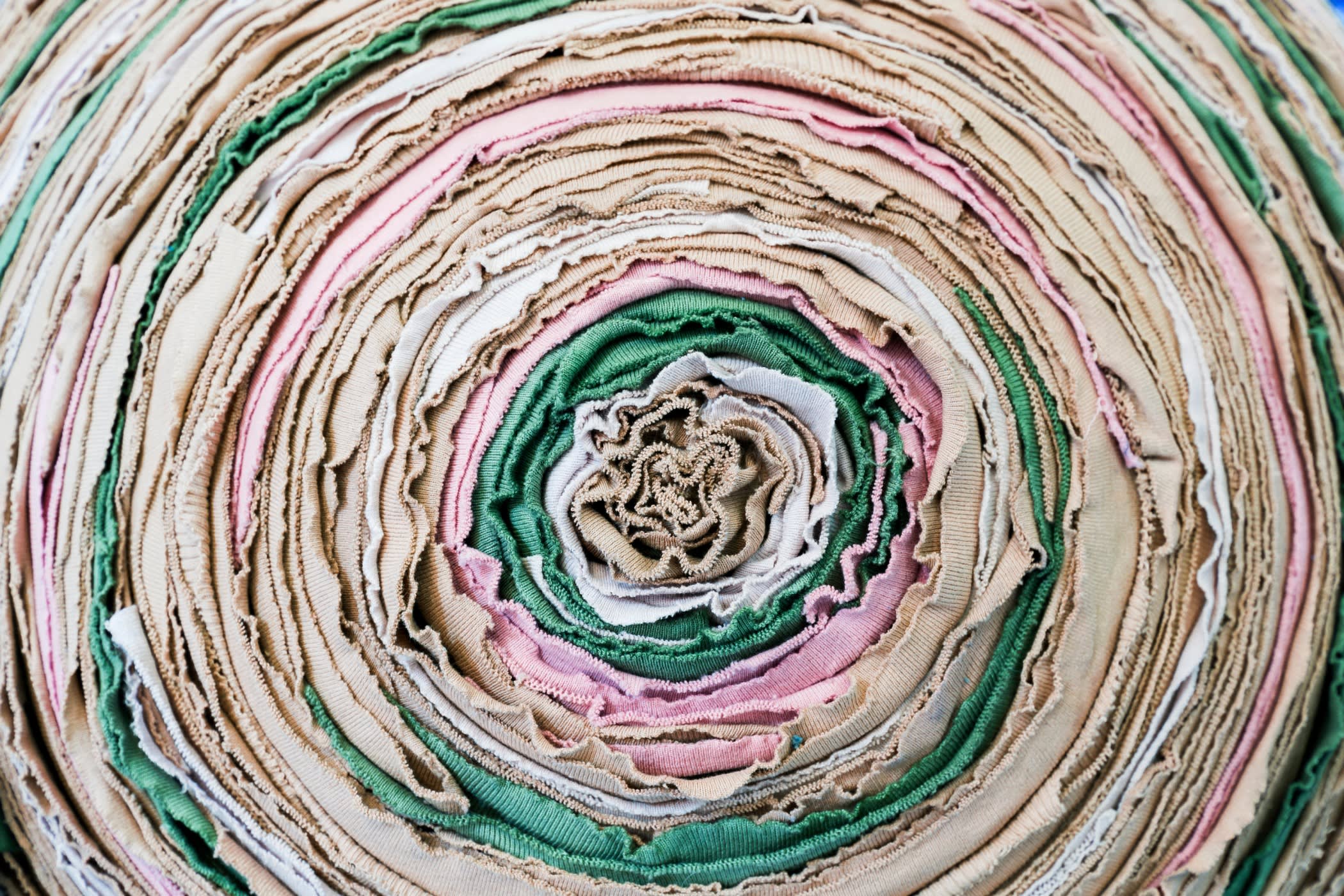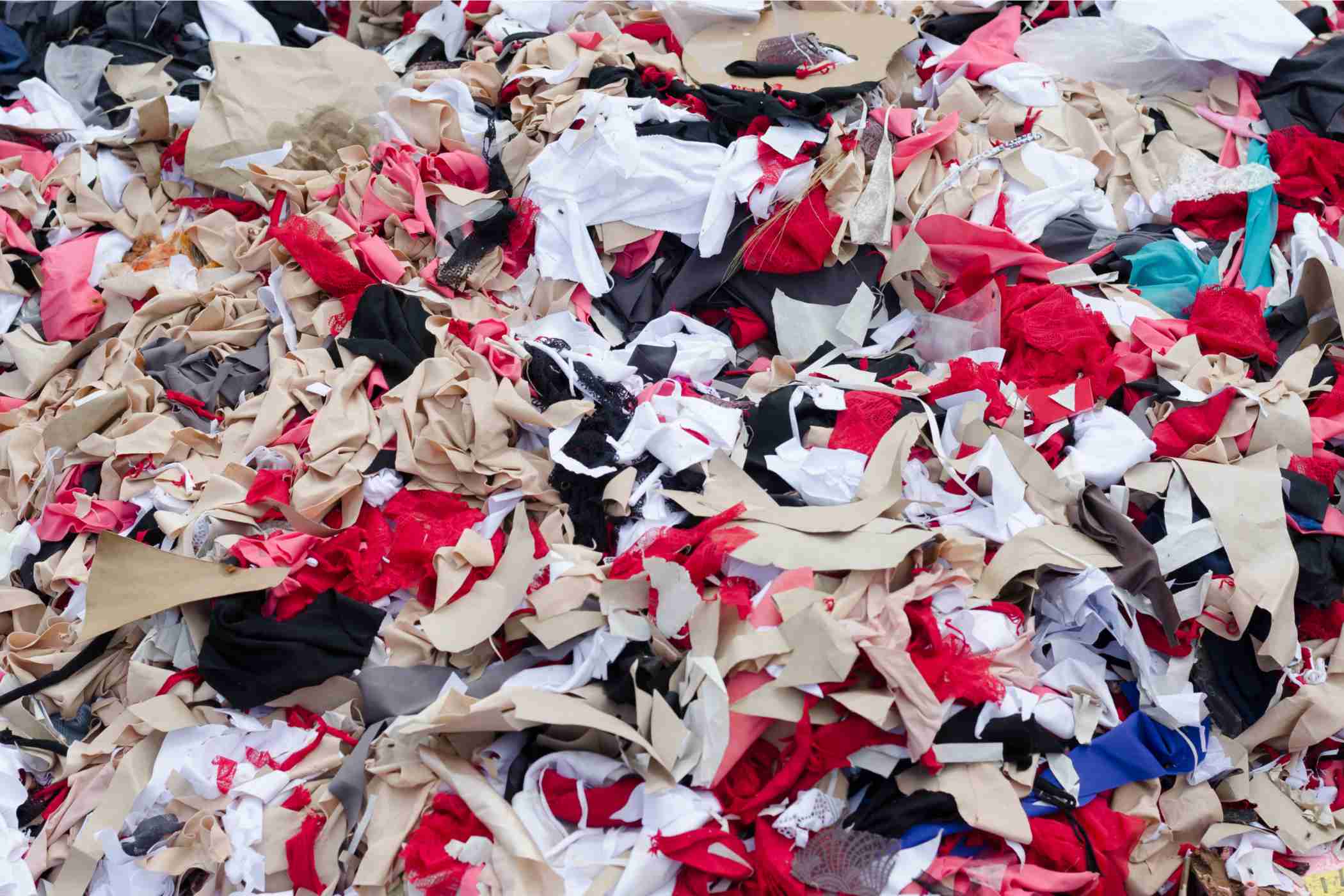Sateen Fabric: Origin, Weaves, Types, Application, Exporters, and Sustainability



| Fabric | Satin |
| Types | Antique satin, Baronet satin, Charmeuse satin, Crepe back satin, Duchess satin, Messaline satin |
| Major Exporter | China |
| Used For | Pillowcases, sheets, dresses, pants, lingerie, slips, tank tops, evening wear, robes, handkerchiefs, ties |
| Thread Count | Weaved using four or more weft threads going over one warp thread, or vice versa |
| Breathability | High |
One of the fundamental types of textile weaves along with plain weave and twill weave, satin is a type of weave that produces a typically glossy, smooth, and lustrous material. The resulting fabric is called sateen. Fabrics with satin weave have a shiny surface on one side and a dull one on the other. Sateen fabric is highly in demand for party clothes and their soaring popularity makes them one of the most sought after fabrics in the fashion industry.
About Satin Weaving
Satin weave is characterized by its unique technique of using four or more weft threads going over one warp thread, or vice versa. Sateen fabrics are woven from long, continuous fibers and satin is defined by the length of the filament. Traditionally sateen fabric was made from silk, so it was possible to gather long threads for weaving. In modern times, rayon and polyester are manufactured in long filaments to be used for satin. There are several kinds of satin weaves like 4 harness satin weave, 5 harness satin weave, 8 harness satin weave, and others.
The Origin of Satin Weaving

Satin weaving originated in China about two thousand years ago. Sateen was exclusively made from silk in China. The technique reached the Middle East after the Silk Roads opened. Satin weaving became popular in Europe around the 12th century and Italy was the first western country to weave Sateen. It was during the Renaissance that satin weaving began to spread widely across Europe, from Italy to Spain, Netherlands, France, England and American Colonies.
Why is sateen so popular?
Sateen is the staple choice for wedding dresses and bridesmaid attires. Sateen sheets are a popular choice during winter for their soft touch and luminous luster. Sateen works great for all kinds of drapes due to the concentration of the fibers and pliability of the fabric, making it a perfect option for sarees and dupattas.
Sateen is a breathable fabric. The durability of satin is incredible and the color is not compromised even after machine washing. Sateen is also resistant to wrinkling and pilling.
Application of Sateen Fabric

Sateen is used for pillowcases, sheets, dresses, pants, lingerie, slips, tank tops, evening wear, robes, handkerchiefs, ties, eye masks, and numerous other products. Satin ties are particularly popular for formal occasions and the comfort accorded by satin makes it a suitable choice for intimate wear as well.
Types of Satin
The types of satin depend upon the kinds of fabric and weaving used for production.
Antique satin is woven in the 5 harness or 8 harness fashion, Baronet satin uses rayon warp threads and cotton weft threads. Charmeuse satin is very lightweight with an easy drape. It has the traditional characteristics of satin with a shiny front and a dull back. Crepe back satin is reversible, where one side has the lustrous satin finish and the reverse side has a crepe texture. Duchess satin is heavy, stiff, and has less luster than standard satin. It is usually dyed with solid colors and used for dresses.
Messaline satin is very lightweight and has a high shine. It's usually woven from rayon or silk.
Chief Producer and Exporter
China is the chief producer and exporter of silk. Satin made of silk and synthetic fabrics are exported from China.

Environmental Impact
Traditional Sateen fabric has been eco-friendly since it has been made from silk. Satin made from rayon and polyester lead to harmful impacts on the environment. Sateen sheets made of synthetic fibers are not comfortable to wear either and may cause allergic reactions unlike natural fibers like silk. Silk Mark, ISO, GRS and GOTS are in charge of certifying organic silk.



















